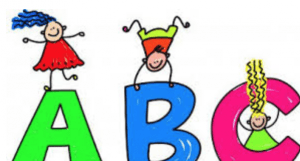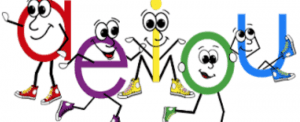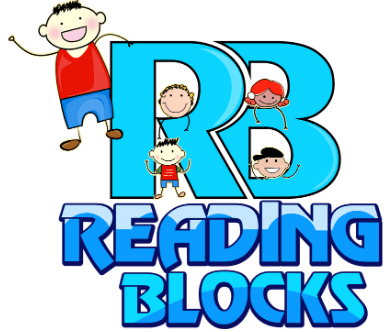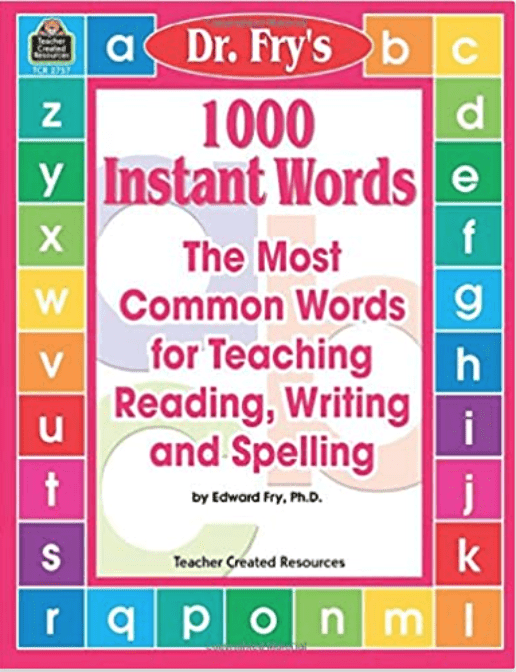 Learning the Alphabet
Learning the Alphabet
Learning the Alphabet
Learning the alphabet can be extremely difficult for some learners. The learner needs to know the name and one or more sounds for each letter of the alphabet. The learner who has difficulty learning the alphabet may find it very difficult to hear the subtle differences between many of the sounds. For example, look at the sounds: /p/ and /b/,and /d/ and /t/. Say each sound and take note of how your mouth and tongue form the sound. Each of these pairs of sounds is made using the same mouth movements. This makes it even more difficult for a struggling learner to tell them apart when first learning the alphabet.
 I have had students (and two out of my five daughters) who thought every vowel sounded the same. To them, there was only one vowel sound. They could not discriminate between the subtle sound differences in each vowel. The vowel sound changes the whole word. So, if a reader only makes one vowel sound for every word, he is not going to be very successful in sounding out words accurately. The reader’s comprehension will definitely be affected in this situation.
I have had students (and two out of my five daughters) who thought every vowel sounded the same. To them, there was only one vowel sound. They could not discriminate between the subtle sound differences in each vowel. The vowel sound changes the whole word. So, if a reader only makes one vowel sound for every word, he is not going to be very successful in sounding out words accurately. The reader’s comprehension will definitely be affected in this situation.
Multi-sensory Methods for Learning the Alphabet
A person with any type of learning difference will benefit from using multi-sensory methods incorporated in the learning plan. These techniques will help him to feel the difference in the sounds, not just hear the difference. Multisensory strategies will also help a struggling learner to file and retrieve this information in his brain more effectively. Multi-sensory methods are crucial for creating an effective reading program and are discussed in more detail further along in this section.
Once the reader knows some sounds and knows how to segment and blend sounds, he can begin to combine the sounds to make words. Two letter combinations can be taught first and are easier to blend and segment, such as “at”. Once the reader can blend /a/ and /t/ to make “at” he can make a whole list of words using the base “at”. He can then add any other consonants he knows such as c-cat, f-fat, m-mat, r-rat, b-bat, h-hat, p-pat, s-sat, t-tat, and v-vat. “At” can be called a word family and words in this family can be made by adding a different beginning sound. Now the reader has a whole word family to practice reading.
Reading Blocks: A Step By Step Method to Teach Reading
Block 1 in Reading Blocks: A Step by Step Method to Teach Reading begins with using only four consonants and one vowel sound. Using only these five letters, the reader can make several words to use for practicing blending, segmenting, and reading skills.
After the first five sounds are mastered , the instructor can begin making different letter combinations (word families) on the file folder and practice blending the sounds. Some examples of these word families are: at, an, ap, al, ad, ag, and am. A non-reading person becomes highly motivated to read when he discovers that he can read several words with just the first few sounds.
Make Mini Books to Help Learn the Alphabet
These words can also be put onto index cards or made into mini books to reread and practice. The learner begins to develop a more positive attitude about reading as he begins to see some success. The key to being successful early on with people who are struggling with learning alphabet sounds is to use multisensory methods, a lot of repetition, and positive affirming reinforcements.
Next, the person needs to learn some rules for sounding out bigger and more challenging unknown words. The rules we learn are called phonics rules.






